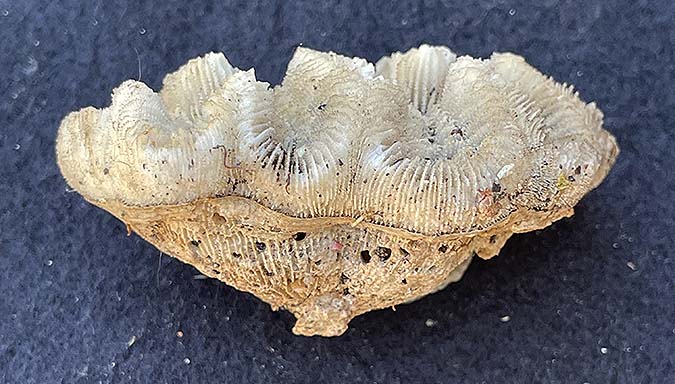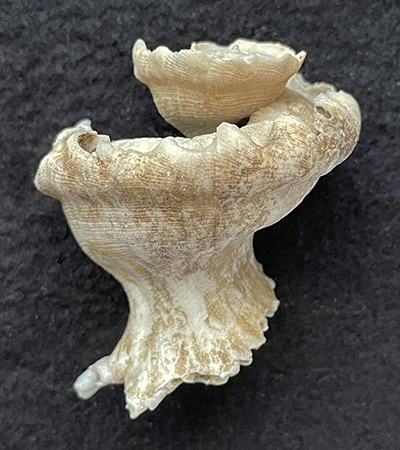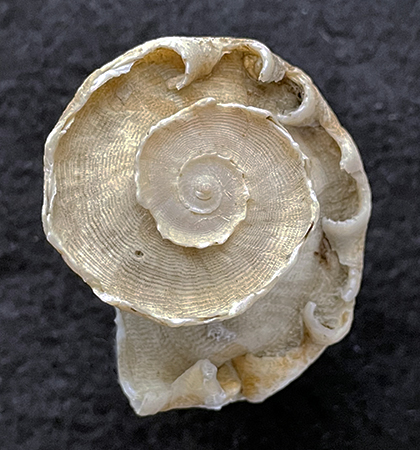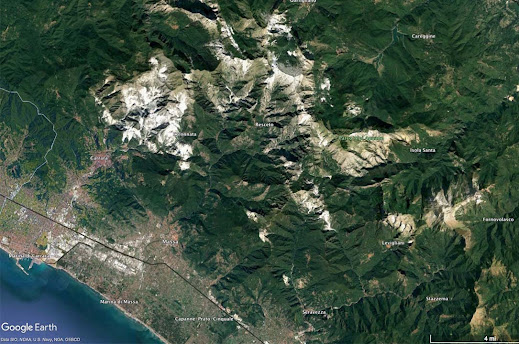Thomas Martyn (1760-1816) was an English zoologist interested in beetles and spiders. He was also a shell dealer who purchased seashells. In addition, he was a gifted, artist whose major work, The Universal Conchologist, was published in 1784 –1787 (Wikipedia, 2023). In his four-volume work, he and his team of apprentices, created numerous carefully done, hand-drawn and hand-colored portraits of many shells (some of which are rare) collected by Captain James Cook on his different voyages to the south Seas. Martyn later expanded his work to several volumes, each containing many colored plates. He wanted to have his work encompass “every known shell,” but he was not able to accomplish this “laborious, expensive, and arduous undertaking” (see Williams, 2015).
Martyn’s The Universal Conchologist is now worth a small fortune, starting at several thousands of dollars. Dance (1986, pp. 72–73) wrote that Martyn’s shell publications have a “beauty, seldom surpassed in the history of conchological iconography." But, because of the haphazard way Martyn named the species he illustrated, the Universal Conchologist is now considered a non-binominal [i.e., a non-scientific] work”] (Dance, 1986).
Two views (front and back) of Alcithoe arabica (Gemlin, 1791), family Volutidae. This gastropod, which is endemic to New Zealand, was originally referred to as the “Arabic volute,” because its zig-zag markings were thought to resemble Arabic writing. The species belongs to family Volutidae. Its shells, which can be up to 9 inches long, have color and variable markings. This species is subtidal, lives on soft sediments, and feeds on bivalves. In Martyn’s book, this species was shown as “figure 52w.”
Two views (oblique top and bottom) of Astraea heliotropicum (Martyn, 1784). This deep-water marine gastropod, which is also endemic to New Zealand, was originally referred to by Martyn as the “sunburst star turban” or as the “circular saw shell.” This species belongs to family Turbinidae. The color of its shell is highly variable, and can be from white, gray, reddish brown, or blackish brown. This species lives in deep water.
References Cited:
Dance, S. P. 1986. A history of shell collecting. E.J. Brill–Dr. W. Backhuys, Leiden, 1986. 265 pp., 31 pls.
Glaac.uk/myglasgow/library/files/special/exhibits/month/July2009.html
Wikipedia. 2023.
Williams, N. 2015. This laborious, expensive, and arduous undertaking. Thomas Martyn’s The Universal Conchologist. The National Library of Australia Magazine (June issue), pp. 16–17.
















































